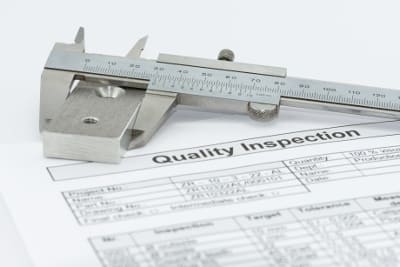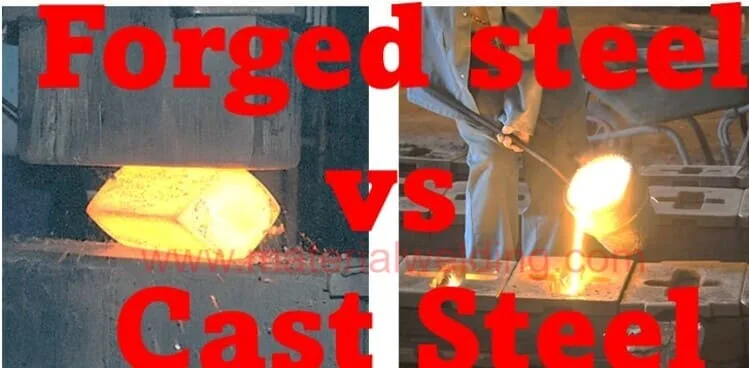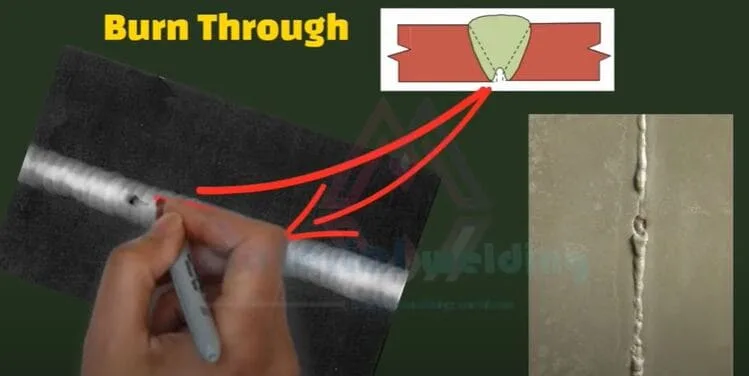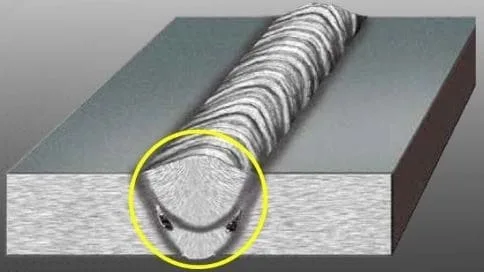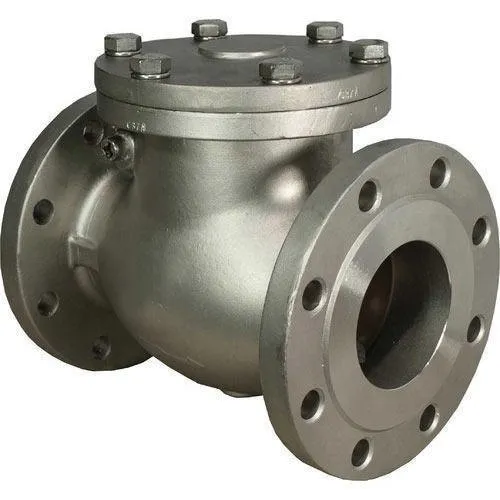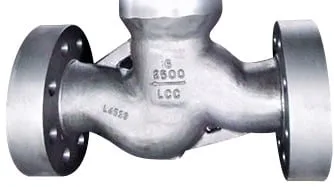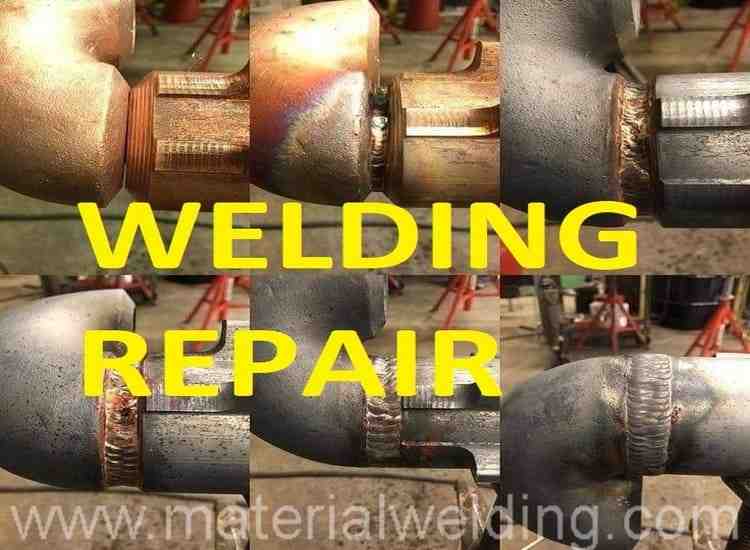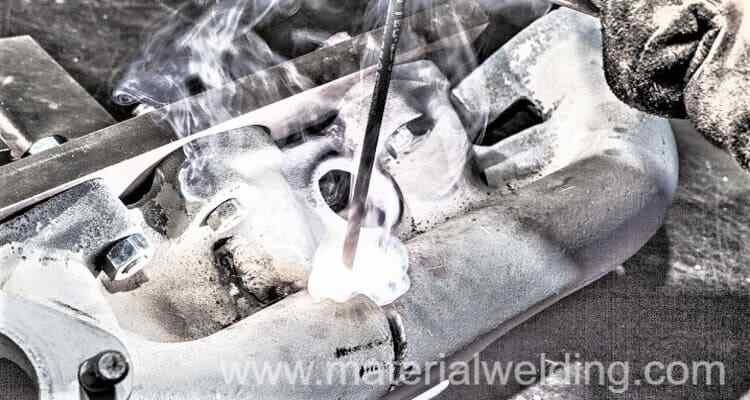Casting Testing
Casting testing is important to ensure the quality and integrity of the final cast product. The purpose of casting testing is to:
- Verify the properties of the cast material, such as its strength, toughness, and ductility, to ensure that it meets the required specifications and standards.
- Detect any defects or inclusions that may weaken the cast material and cause failure during use.
- Evaluate the casting process to identify any issues or inefficiencies that may need to be addressed.
- Ensure the dimensional accuracy of the cast product, which is critical for ensuring proper fit and function.
By performing casting testing, manufacturers can identify and address problems before they become more serious and lead to costly failures or safety concerns.
Types of Casting Testing & Inspection
The inspection and testing of castings can be categorized into the following five areas:
- Surface finish of the casting.
- Correct dimensions of the casting.
- Mechanical properties testing.
- Chemical makeup analysis.
- Verifying the soundness of the casting.
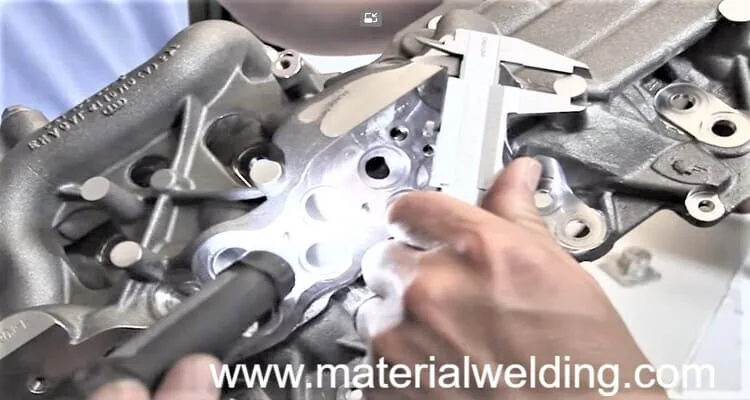
Other types of testing employed for casting inspection are:
There are several types of casting testing and inspection that are used to evaluate the quality and integrity of cast products. Some of the most common types of casting testing and inspection include:
Chemical analysis for Casting
Chemical analysis for casting testing is frequently performed through a process where a sample of molten metal is cast into a dedicated mold, then scrutinized using spectrographic atomic absorption or x-ray fluorescence analysis.
This provides valuable insights into the chemical composition of the metal, allowing for accurate determination of its properties and suitability for a given application.
The chemical compositions of a casting alloy have a marked impact on its performance characteristics. As a result, the use of standard chemical compositions for a variety of alloys has become widespread, as outlined in specifications from organizations such as ASTM, SAE, and AMS.
When the properties of an alloy are highly sensitive to variations in chemical composition, chemical analysis may be necessary to ensure compliance with the specified composition.
The use of standardized alloys and chemical analysis helps to ensure that cast products have consistent and predictable performance characteristics.
Visual Inspection for Casting
Visual inspection is a simple and cost-effective method of evaluating the surface and internal features of a casting to identify any visible defects.
During visual inspection, the casting is closely examined using the naked eye, a magnifying glass, or a borescope.
This type of inspection can reveal cracks, porosity, or inclusions in the casting material.
The primary objective of visual inspection is to identify any surface or internal discontinuities that may affect the performance or functionality of the casting. Some of the common types of discontinuities sought by visual inspection include:
- Porosity: small cavities or voids within the casting.
- Inclusions: foreign particles within the casting that can impact its mechanical properties.
- Cracks: breaks in the casting surface or interior.
- Shrinkage cavities: spaces left in the casting due to incomplete filling of the mold.
- Blows: raised areas on the casting surface caused by gas pockets in the molten metal.
- Misruns: areas of the casting where the metal did not properly fill the mold.
- Cold shuts: areas where two streams of molten metal did not properly merge during casting.
Dimensional Inspection for Casting Testing
Casting dimensional inspection involves evaluating the physical dimensions of the casting, such as its length, width, height, and tolerance, to ensure that it meets the specified design requirements. This type of inspection is important for several reasons:
- Quality Control: Dimensional inspection is used to verify that the casting has been manufactured to the correct specifications, and to identify any dimensional deviations that may have occurred during the casting process.
- Functionality: The dimensional accuracy of the casting is critical to its performance and functionality in the final product. Improper dimensions can result in poor fit or interference with other components, and can impact the overall performance of the product.
- Customer Satisfaction: Meeting customer dimensional specifications is essential to customer satisfaction and building long-term customer relationships.
- Cost Reduction: By catching dimensional deviations early in the manufacturing process, corrective actions can be taken to minimize waste, rework, and additional expenses.
This type of inspection may use a variety of tools and techniques, including micrometers, dial indicators, coordinate measuring machines, and laser scanning.
Dimensional accuracy is important for ensuring proper fit and function of the casting.
Radiographic Inspection for Casting Testing
Radiographic inspection uses X-rays or gamma rays to detect internal defects in the casting that are not visible to the naked eye.
This non-destructive testing method provides a clear image of the internal structure of the casting, allowing technicians to identify problems such as voids, inclusions, and cracks.
Radiographic inspection can be performed using film or digital imaging techniques.
The denser areas of the casting will resist the radiation penetration, causing the film to be exposed to a lesser degree in those areas, appearing lighter on the x-ray. Conversely, less dense parts of the casting will allow more radiation penetration, resulting in greater film exposure and appearing darker on the x-ray.
Any cracks, voids, or inclusions within the casting will allow the radiation to pass more easily through them, creating a “shadow” on the final x-ray that is visible as a darker area on the film.
Radiographic inspection is a powerful tool for detecting internal discontinuities within castings that may not be visible with other inspection methods.
Ultrasonic Testing for Casting Testing
Ultrasonic testing is a non-destructive testing method that uses high-frequency sound waves to detect internal defects in the casting.
This method works by transmitting sound waves into the material and measuring the time it takes for the waves to return after they encounter a defect.
Ultrasonic testing is capable of detecting even small defects, making it a valuable tool for ensuring the quality of cast products.
Magnetic Particle Inspection for Casting
Magnetic particle inspection for casting testing & inspection uses magnetic fields to detect surface and slightly subsurface discontinuities in the casting.
During this type of inspection, a magnetic field is applied to the casting, and iron oxide or iron oxide-coated magnetic particles are used to highlight any defects.
This method is commonly used to inspect cast iron, steel, and other ferromagnetic materials.
Liquid Penetrant Inspection for Casting
Liquid penetrant inspection is a non-destructive testing method that uses a penetrant material to highlight surface defects in the casting.
During this type of inspection, a penetrant material is applied to the surface of the casting, and any defects or cracks will cause the penetrant to be drawn into the discontinuity.
The excess penetrant is then removed, and a developer material is applied to make the penetrant visible.
Hardness Testing for Casting
Hardness testing is a test to determine the hardness of the casting material.
This test is performed using a Brinell hardness tester, which applies a controlled load to the surface of the casting and measures the depth of the resulting indentation.
Hardness testing provides valuable information about the strength and durability of the casting material.
Hardness is a measure of a metal’s resistance to permanent deformation and is closely related to several key properties such as machinability and wear resistance. For a known grade of alloy, hardness is also a useful indicator of its tensile properties.
One of the most common hardness tests for castings is the Brinell hardness test, which uses a 10-mm diameter carbide ball indenter and a 3,000-kg load to make an impression on the casting. The Brinell impression is large enough in area to provide a reliable average hardness value.
Another option is the Rockwell hardness test, which uses a smaller indenter to make an impression on the casting. In this case, the median of several hardness values is used to provide a more accurate assessment of the casting’s hardness.
Tensile Testing for Casting
Tensile testing is a test to determine the strength and ductility of the casting material by applying a controlled force.
During tensile testing, a tensile load is applied to the casting until it reaches its breaking point.
The maximum load and the strain at the breaking point are then measured to determine the tensile strength and ductility of the material.
Impact Testing for Casting
Impact testing is a test to evaluate the toughness of the casting material by measuring its resistance to sudden shock or impact.
This test is performed using an impact tester, which applies a controlled impact load to the casting and measures the energy absorbed by the material.
Impact testing provides valuable information about the suitability of the casting material for use in applications where it may be subjected to shock or impact loading.
Metallographic Analysis for Casting
Metallographic analysis is an examination of the microstructure of the casting to determine its chemical and physical properties.
This type of analysis is performed by preparing a metallographic sample, typically by cutting, grinding, and polishing the casting.
The sample is then viewed under a microscope, and the microstructure is evaluated to determine its grain size, grain structure, and the distribution of any inclusions or second-phase particles.
This information can be used to determine the suitability of the casting material for its intended application and to identify any processing or quality control issues that may have affected the casting.
Additionally, metallographic analysis can be used to monitor the casting process and to optimize conditions to improve the quality and performance of the cast product.
